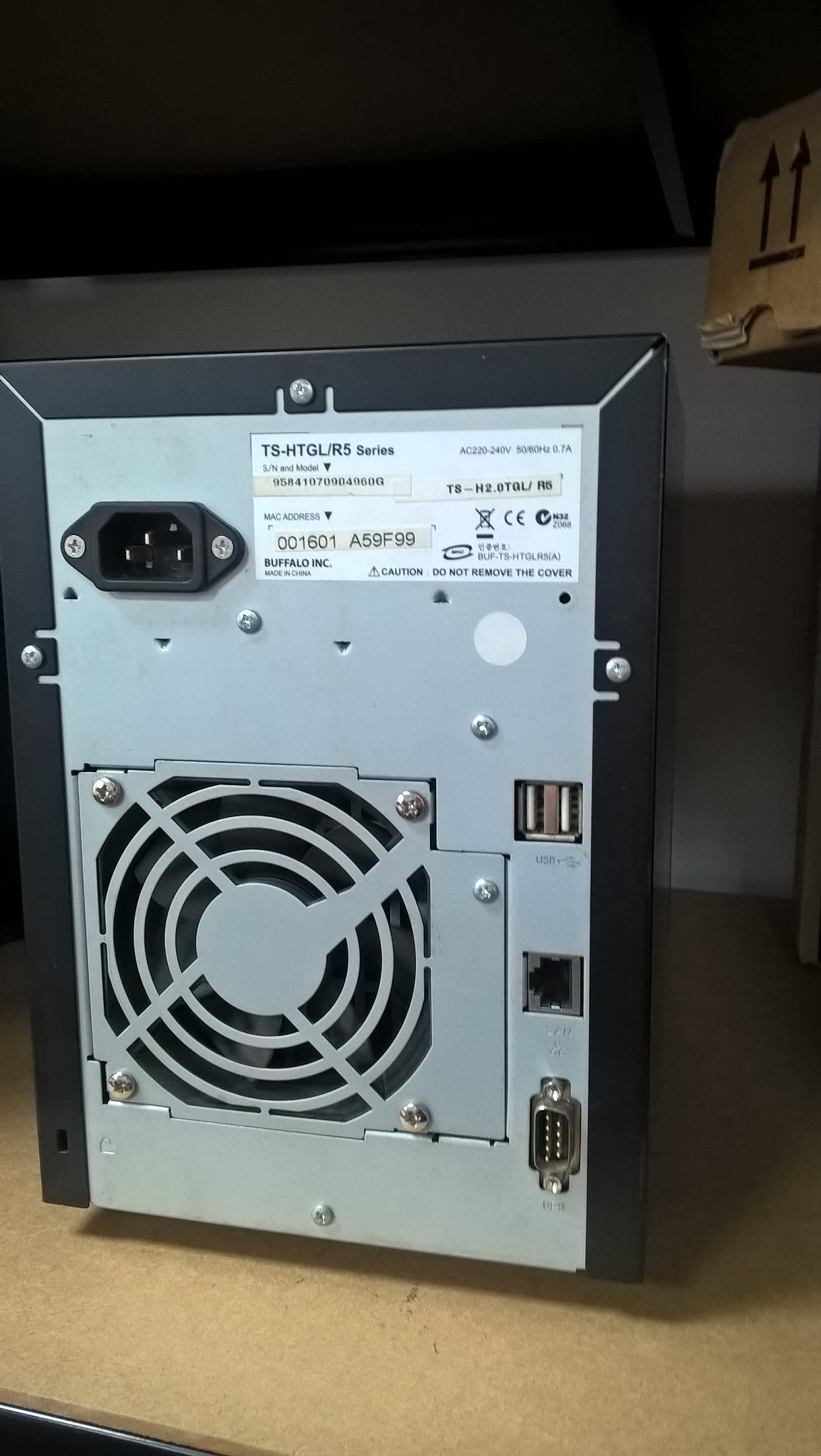The Perils of a Careless Query: A Cautionary Tale from My Tech Journey
In the fast-paced world of technology, mistakes can happen in the blink of an eye, often with consequences that can send chills down your spine. I want to share a lesson I learned early in my career as an implementation consultant, during a time when I was still getting my footing with SQL.
While working on a project, I faced a request from a client to delete certain records. Our Integrated Software Environment (ISE) had a feature that allowed me to test SQL statements by highlighting the code to run only the selected portions. Confident in my abilities, I ran a SELECT statement to verify which records would be affected. However, in a moment of oversight, I neglected to include the WHERE clause, leading me to execute a DELETE command that wiped out millions of records in the production database—right in the middle of our busiest season.
Fortunately, our team was using Oracle 11g, which had just introduced flashback technology. Thanks to this feature, we were able to restore the deleted records without enduring a significant setback. This incident served as a stark reminder of the critical importance of verifying queries before execution.
Since that day, we’ve adopted a more cautious approach, prioritizing test environments before implementing any changes in production. This experience underscored the need for diligence in our work, particularly when handling sensitive data. Mistakes like mine can happen to the best of us, but it’s how we learn and adapt that truly matters.
Have you experienced a stomach-dropping moment in your tech career? Share your story and let’s learn from each other’s experiences!
Share this content:


Hi, thank you for sharing your valuable experience. Such stories serve as important reminders of the critical need for vigilance when executing SQL queries, especially in production environments. To help prevent similar issues, consider implementing the following best practices:
WHEREclauses and testing your queries in a dedicated test environment prior to applying changes in production.It’s great to see you embracing a cautious approach after this incident. Remember, continuous learning and cautious practices are key to maintaining data integrity and ensuring smooth operations. If you have further questions or need assistance setting up safety mechanisms, feel free to ask!